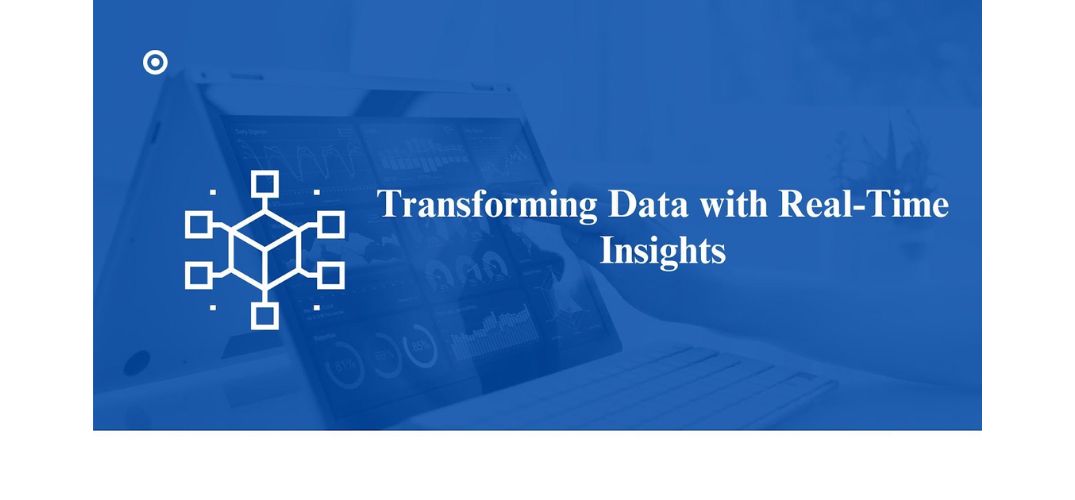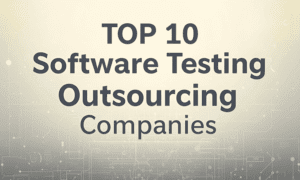Real-time analytics has revolutionized the way organizations process and utilize data, offering unparalleled efficiency and precision. Authored by Selvakumar Alagarsamy, a seasoned expert in cloud data engineering, this article delves into the latest innovations and strategies shaping the future of data-driven decision-making.
The Rise of Real-Time Analytics
The evolution of real-time analytics has been nothing short of transformative. By leveraging advancements in stream processing, organizations have achieved processing speeds capable of handling millions of events per second with near-perfect accuracy. These innovations have significantly reduced latency, enabling businesses to process data streams with response times as low as 10 milliseconds. Such performance ensures that companies can make data-driven decisions faster than ever before.
A Foundation Built on Scalability
Modern real-time systems are designed with scalability at their core. Distributed processing frameworks now support horizontal scaling to thousands of nodes, ensuring consistent performance even during peak demand. These architectures automatically adapt to load increases, maintaining efficiency while reducing operational costs. This scalability allows organizations to handle data growth seamlessly, ensuring they remain agile and responsive in a rapidly changing landscape.
Advanced Data Visualization
Visualization tools have seen dramatic improvements, enabling businesses to turn raw data into actionable insights. Real-time dashboards now support thousands of concurrent users, providing updates in milliseconds. Enhanced user experiences, featuring optimized layouts and intuitive interfaces, have reduced navigation time while increasing data comprehension. These advancements empower decision-makers with instant access to critical metrics, driving smarter strategies and improved outcomes.
Pioneering Pipeline Management
Pipeline orchestration has become a cornerstone of modern data systems, ensuring smooth and efficient workflows. Sophisticated orchestration tools manage thousands of concurrent workflows with remarkable accuracy, automating error detection and recovery. These tools reduce pipeline development time by over 70%, optimizing resource allocation and improving execution reliability. As a result, organizations can deploy and scale complex data solutions with unprecedented speed and efficiency.
Securing the Data Ecosystem
Security is essential to real-time analytics, with advanced frameworks offering robust protection without sacrificing performance. Modern threat detection systems achieve near-perfect accuracy, swiftly addressing vulnerabilities. End-to-end encryption ensures data integrity and confidentiality, while multi-factor authentication and continuous validation strengthen defenses against unauthorized access. These measures create a trusted, secure environment, empowering organizations to confidently use real-time analytics in critical operations. By meeting stringent security standards, businesses can safely navigate the challenges of a data-driven, interconnected world with enhanced resilience and confidence.
Unlocking the Future with Emerging Technologies
Emerging technologies such as quantum computing and edge computing are set to revolutionize the field of real-time analytics, pushing the boundaries of what is possible. Quantum computing offers unparalleled processing speeds, capable of solving complex problems exponentially faster than traditional methods. Meanwhile, edge computing minimizes data transfer delays by processing information closer to the source, significantly accelerating insights and reducing bandwidth requirements. Together, these technologies enable businesses to harness data in unprecedented ways, driving faster decision-making, optimizing operations, and uncovering new opportunities. Their integration marks a transformative leap, empowering organizations to innovate and thrive in an increasingly data-driven world.
Overcoming Integration Challenges
Despite advancements in technology, integrating real-time analytics systems across diverse platforms continues to pose challenges. However, the adoption of standardized APIs and middleware solutions has significantly eased this complexity, reducing integration efforts by more than 60%. These tools provide a unified framework for connecting disparate systems, ensuring consistent data quality and improving interoperability. By automating data exchange and synchronizing processes, modern solutions enable seamless cross-platform operations, fostering efficiency and collaboration. This progress establishes a robust foundation for real-time insights and decision-making in dynamic, interconnected ecosystems.
Charting the Path Forward
Real-time analytics represents the cutting edge of data engineering, driving innovation and operational excellence. By harnessing advanced architectures, visualization tools, and secure frameworks, organizations can unlock the full potential of their data. As the field evolves, the adoption of emerging technologies will further elevate the capabilities of real-time systems, ensuring that they remain integral to business success.
In conclusion, Selvakumar Alagarsamy highlights that organizations must embrace these innovations to stay competitive and achieve their goals. The balance between performance, security, and scalability will be critical as businesses navigate the dynamic landscape of real-time analytics.





























